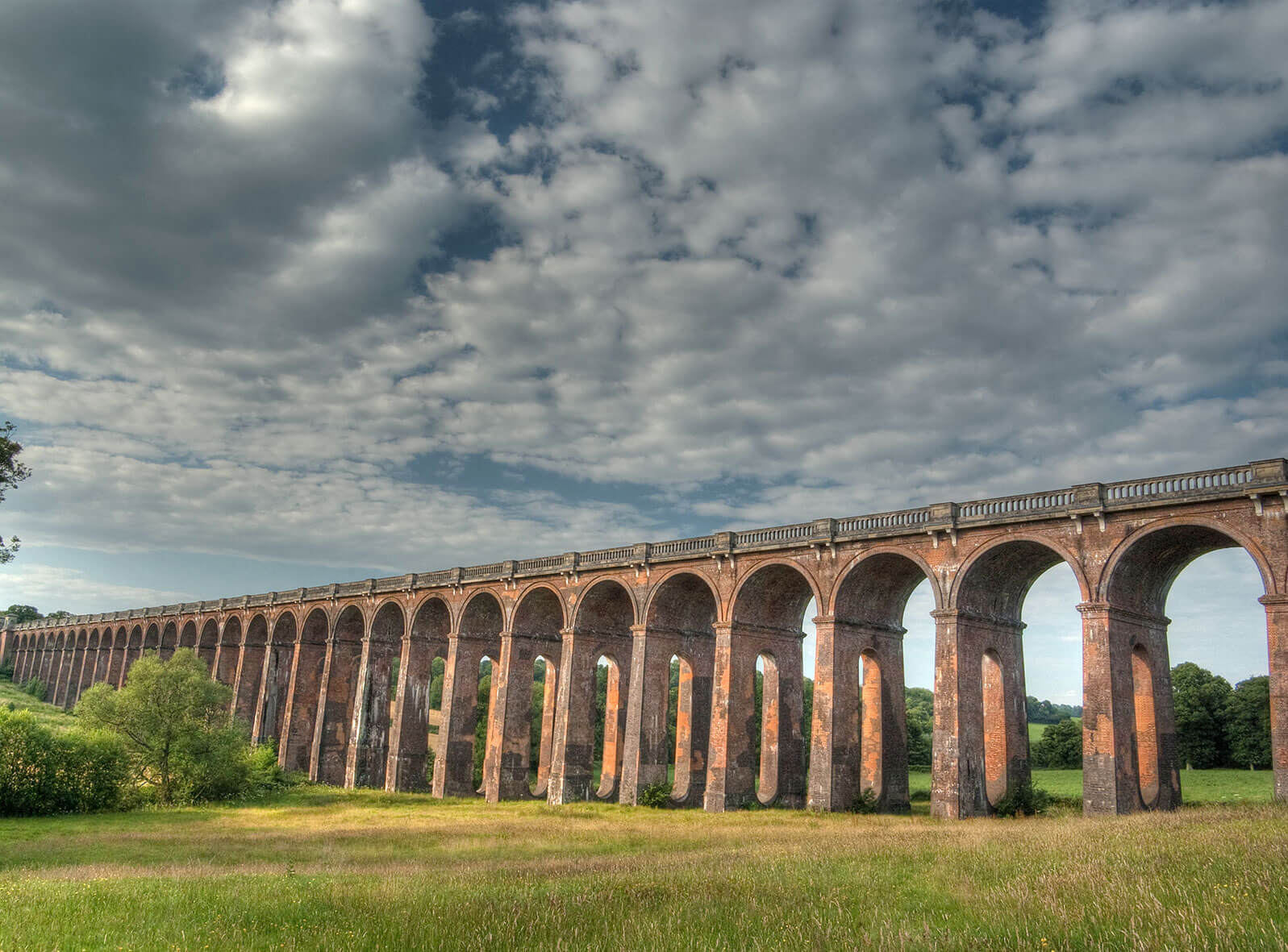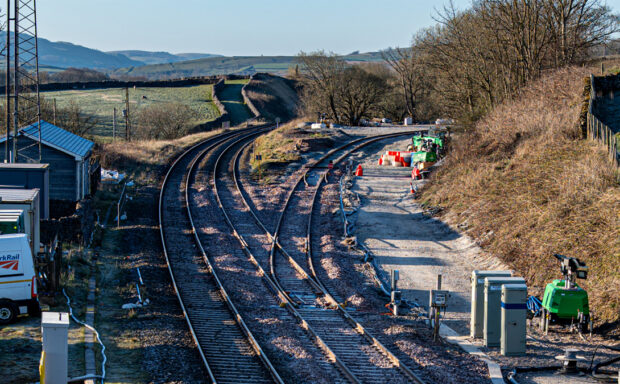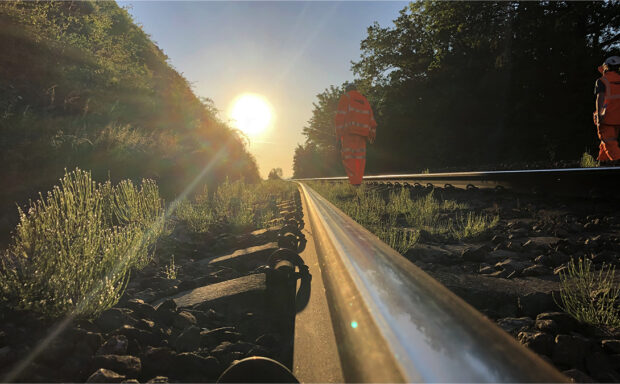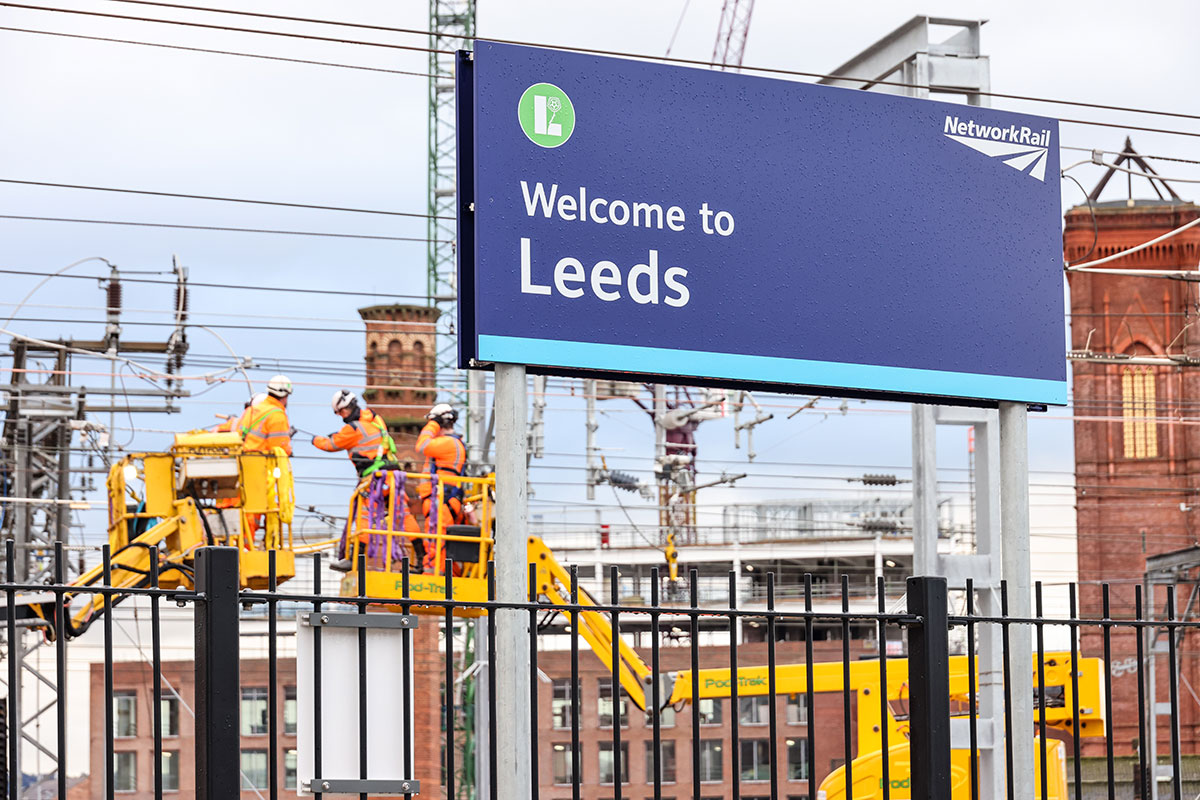Nationwide we have 30,000 structures to be maintained. Across Network Rail, structures examiners are the eyes on the ground for asset engineers, inspecting bridges and other structures to ensure they are fit for purpose.
Structures examiner Tom Wilkinson (pictured below) is one of 56 people who routinely inspects Network Rail’s 7,000 bridges on the London North Western (LNW) route.
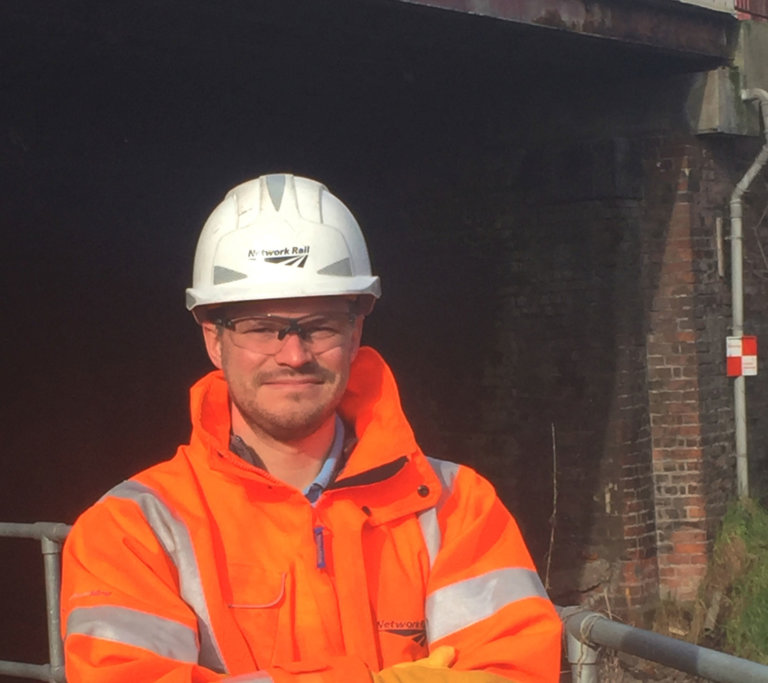
Many are well over 100 years old but are kept perfectly fit for purpose thanks to a proactive examination schedule. We identify new defects as they come about, keep an accurate track on them and nip potential problems in the bud.
Tom Wilkinson, Network Rail structures examiner for LNW
A lot goes on behind the scenes: booking possessions, arranging machinery, closing roads, contacting landowners, organising specialist contractors. We like to think that if we’re doing our job well, no one notices
Examiners are writing condition reports on all structures in their patch at least once a year. Most are based on ‘visual’ exams – a check-up for tracked defects and any new areas of concern from ground level.
There are also ‘detailed’ – or ‘tactile’ – surveys, where every structural element is examined, photographed and its condition recorded. The frequency is risk-based and ranges from annually to every 12 years, depending on past reports.
Monitoring defects
Some structures need more frequent additional exams, for instance to monitor non-critical defects such as leaning walls, widespread fracturing of brickwork, or significant movement of structural elements under load – until they are repaired.
Access is often challenging. Ladders, mobile elevating work platforms, road rail vehicles and scaffolding are widely used but complex structures may require specialist solutions – roped access, underwater teams, CCTV or confined-spaces equipment.
Alongside the report, examiners also compile a Bridge Condition Measuring Index (BCMI) report which gives each structure a unique measurable score. They’ll look at ‘hidden critical elements’ which are structurally significant but not readily accessible, such as girders built into brickwork or buried in ballast.
The score highlights the need for repair, and engineers will log all significant defects in a live tracker and make recommendations for improvements.
As repairs are carried out over time, these defects are closed in the index, increasing its overall score.
It’s a real measure of safety improvement on our infrastructure.
Tom Wilkinson
There are always some surprises with the railway being such a unique workplace. If we identify an area of immediate concern with the potential to compromise public safety we’ll raise a Preliminary Advice Notice (PAN) there and then and in some cases close the railway until it’s done. This alerts the asset management team to arrange swift repairs.
We also respond to bridge strikes, which can vary from minor damage to extremely severe, lifting decks and tearing steel.
Asset management
Track, signalling, points, electrification (overhead lines and signalling power), telecoms, stations and civils (viaducts, bridges and embankments) are all assets on the network that can fail and cause delays to services.
Delays explained: signals and points failure
While it’s important to renew parts of the network, the most significant influence on reliability is how existing assets are enabled to perform better. This is done through front-line maintenance teams, suported by planners and engineers.
Intelligent infrastructure
This has been at the heart of our strategy for many years, and includes:
- remote condition monitoring now installed on 60,000 assets, comprising 67 per cent of points, 41 per cent of track circuits, 96 per cent of points heating and 98 per cent of 650V power supplies
- train-borne inspection devices used to monitor condition through ultrasonic testing and machine-vision inspection of track
- better tools and data capture – from the Offering Rail Better Information Services (ORBIS) programme.
Control Period 6
We’ve set up the Intelligent Infrastructure programme to further improve the management of assets for delivery over the next six years, through to the end of Control Period six (CP6) in 2024.
The programme focuses on reducing expenditure while improving the availability of the infrastructure by:
- understanding the probability of individual asset failure
- predicting when failure will occur
- forecasting the impact on the operational railway
- planning intervention prior to disruption to train services.
Our Strategic Business Plan for 2019-2024
